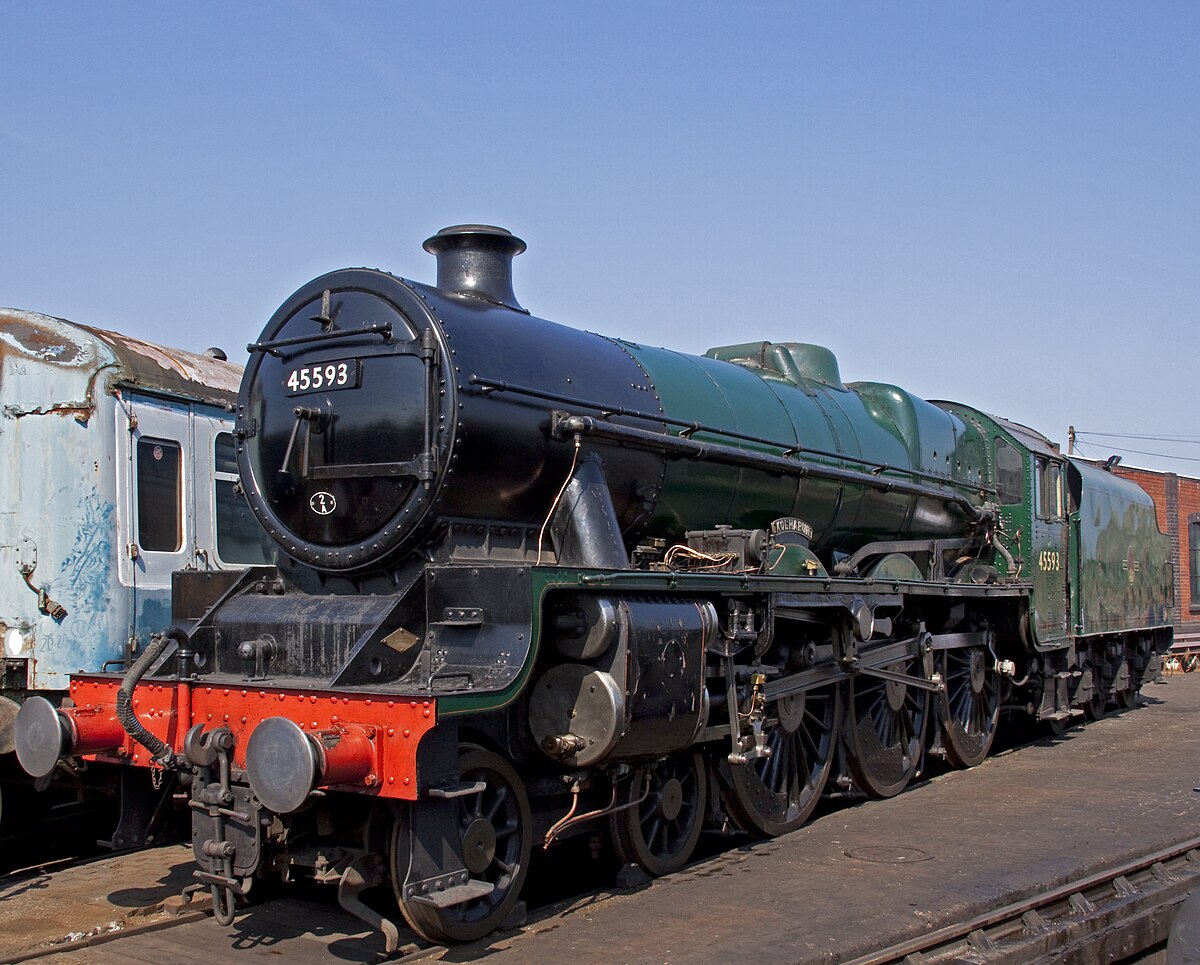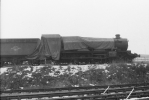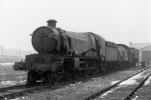I get the no 4 or 4A bus from Acocks Green Village outside the Primary School. This weekend they also had a vintage bus taking passengers from Tyseley Station (parked on Kings Road) to the entrance of the Tyseley Locomotive Works on the Warwick Road. No parking unless you come with a vintage car (you would have to contact Vintage Trains in advance about that).
Not sure about parking though.
They used a Southdown green bus. Seen here arriving at the TLW.

Get off the bus here.

Seen reversing out for Tyseley Station.

They parked on Kings Road, round the corner from the station.

I did notice a lay-by next to the station. But when I went past they parked it here.

Although they did stick signs up on lampposts to tell visitors where to go if they wanted to catch the free bus.































